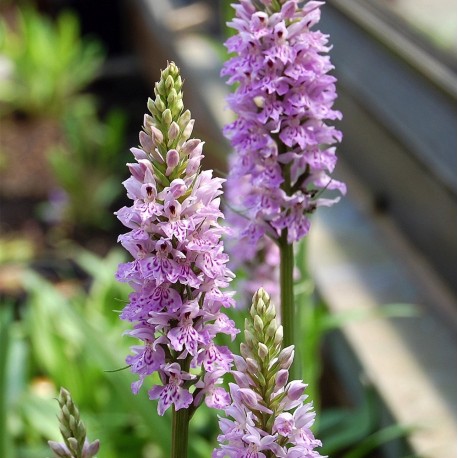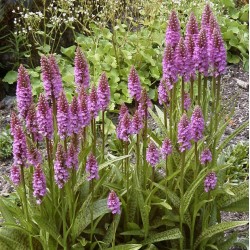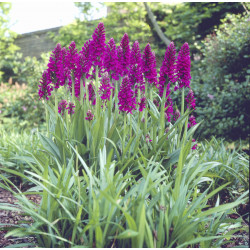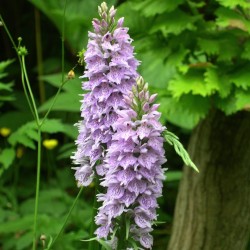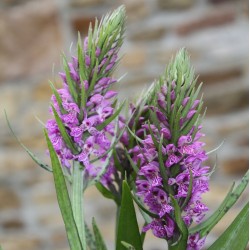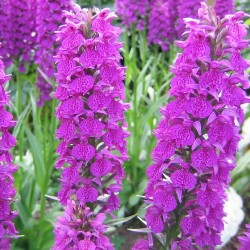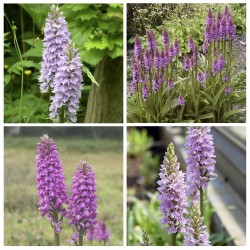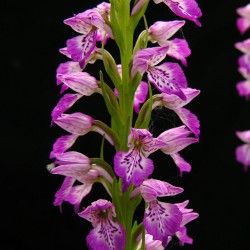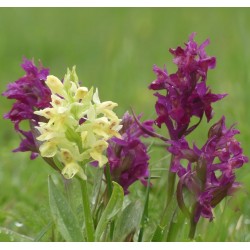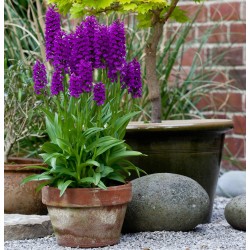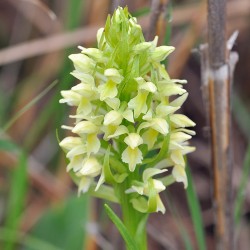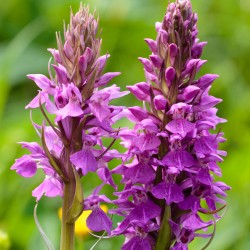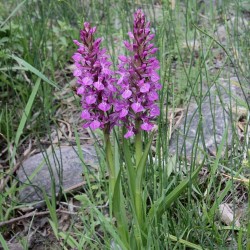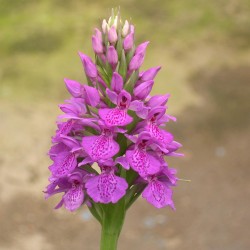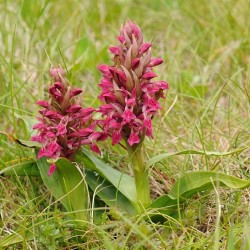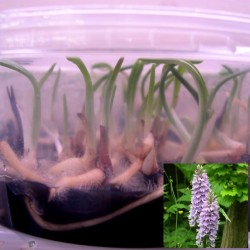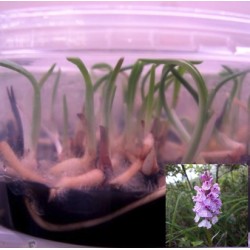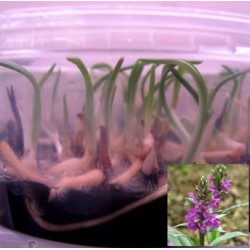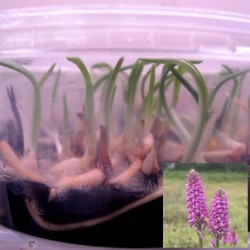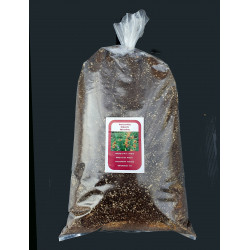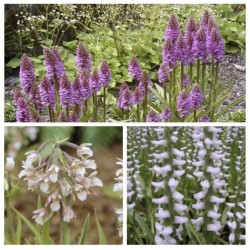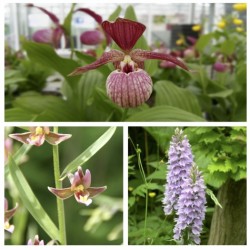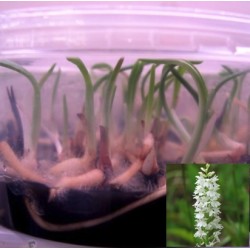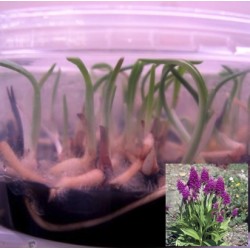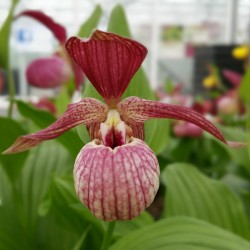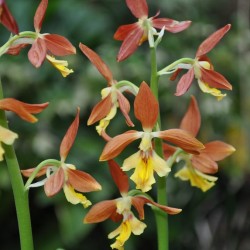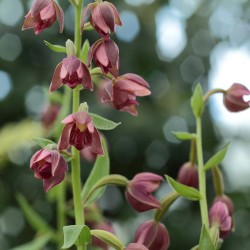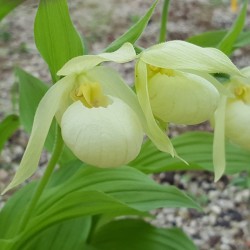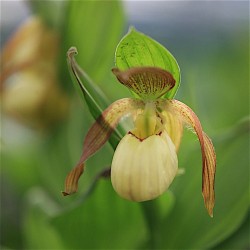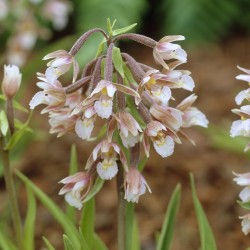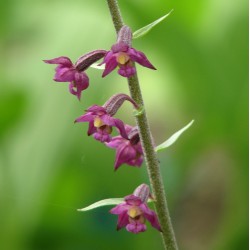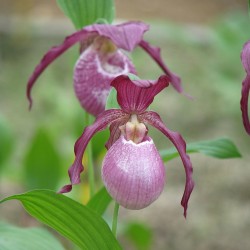No products
Product successfully added to your shopping cart
There are 0 items in your cart. There is 1 item in your cart.
Dactylorhiza maculata - Heath Spotted-Orchid
3565
A good dactylorhiza producing an elegant flower with a broad lip.
This tuberous perennial orchids is found on a range of well-drained or wet acidic soils in a wide variety of habitats, including grasslands, moors, heaths, flushes and bogs.
A good choice for the edge of a pond or a damp grassland situation.
By buying this product you can collect up to 1 loyalty point. Your cart will total 1 point that can be converted into a voucher of 0,20 €.
- Remove this product from my favorite's list.
- Add this product to my list of favorites.
- Send to a friend
Data sheet
| Range | Easy Garden |
| Color | Pink-mauve |
| Flowering | May, June |
| Height | 40-60 cm |
| Exposure | Sun, Semi-shade |
| Hardiness | Hardy (-20°C) |
| Presentation | 9 cm pot, flowering size plant, 3-4 shoots |
More info
Due to indiscriminate collection, these orchids are under threat of extinction in the wild. Our plants are grown in a laboratory from tissue culture. Easy to grow in damp shade. They do not need much fertiliser just a leafy compost at planting.
Planting
Dactylorhiza demand rich and well-aired substrate because they need from the freshness and from the humidity. Most Dactylorhiza are fond of wet to sodden areas and can be cultivated at the banks of ponds or bodies of water.
For optimal results, Phytesia also recommends a specific substrate for garden orchids of the genus Dactylorhiza.
This ready-to-use mixture (5 kilo sack/14.90 euros) is suitable for planting 2 or 3 garden orchids.
Exposure
Dactylorhiza adapt to the sun (if the soil remains moist) as partial shade.
Growth Phase…
During the winter, the plant persists in bulb form. Dactylorhiza are very cold-resistant orchids and do not require any special protection in winter.
The Dactylorhiza plants emerge as of April and spread their foliage during spring. The flowers appear at the end of spring (May, June).
In autumn, the foliage yellows then fades before disappearing completely for the winter dormancy period.Over the years and following the successive growth and dormancy cycles, Dactylorhiza not only become stronger but also multiply, thanks to the annual appearance of new bulbs.
